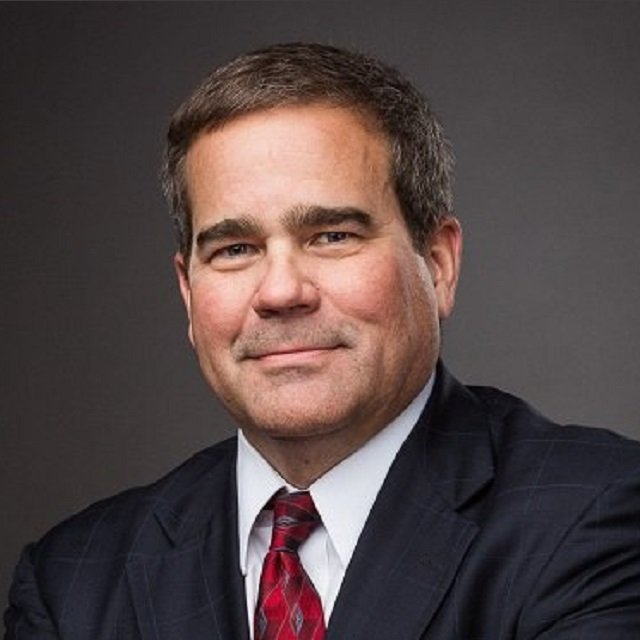Principal Sees 401(k) Participants Saving More

What You Need to Know
Aflac notes that recruiting an agent or broker is different from generating sales through that producer.
Molina says COVID-19 produced high hospitalization claims in January.
Centene would like to increase profit margins on Medicare plans it offers in 2023.
Principal Financial Group is seeing more cash flowing into the 401(k) plans it serves.
Executives from the Des Moines, Iowa-based life insurer talked about the shift Friday on a conference call the company held to go over first-quarter earnings with securities analysts.
Dan Houston, the CEO, said one trend he’s seeing is the economic recovery leading to increases in defined contribution plan savings.
“Compared to a year ago, the average dollars of deferrals per participant has increased 5%, and the average dollars of employer match per participant has increased 6%, both of which are fueling growth in recurring deposits,” Houston said.
Amy Friedrich, Principal’s president of U.S. insurance solutions, said small businesses are doing better.
“They are hiring,” she said. “They’re taking care of their key executives. They’re worried about competing with all-sized business in terms of what they do for their key executives and how they attract and retain talent.”
Chris Littlefield, Principal’s president of retirement and income solutions, said that labor market strength is leading to an increase in adoption of retirement plans as well as increases in how much of a participant’s contributions the employer will match.
Principal’s Earnings
Principal reported $376 million in net income for the first quarter on $3.1 billion in revenue, compared with $517 million in net income on $3.2 billion in revenue for the first quarter of 2021.
The decrease was due mainly to net capital gains realized in the year-earlier quarter and net capital losses realized in the latest quarter; operating earnings increased to $429 million, from $423 million.
Here´s a look at the earnings seasons themes at four other life, health and annuity issuers.
Aflac: Agent and Broker Conversion Rates
Aflac executives are talking about a source of agent and broker recruitment friction: Getting the agents and brokers who can sell Aflac products to sell the products.
The Columbus, Georgia-based insurer — which may be best known for the Aflac Duck — has been working to expand recruitment of agents and brokers in recent quarters, in the face of obstacles related to the COVID-19 pandemic.
Daniel Amos, the company’s CEO, said the company increased small-business broker-agent recruitment dramatically in the first quarter.
Virgil Miller, Aflac’s Aflac U.S. deputy president, noted on Aflac’s quarterly earnings call that the company saw an 11% increase in “conversion rates” for veteran agents. That figure means that the U.S. agents who had been with Aflac at least five years were 11% more likely to sell an Aflac policy.
Aflac is reporting $1 billion in net income for the first quarter on $5.3 billion in revenue, compared with $1.3 billion in net income on $5.9 billion in revenue for the first quarter of 2021.
Aflac gets much of its business from sales of health insurance in Japan.
The Aflac U.S. unit is reporting $325 million in pretax adjusted earnings on $1.6 billion in revenue for the latest quarter, compared with $445 million in pretax adjusted earnings on $1.6 billion in revenue for the year-earlier quarter.
Molina Healthcare: COVID-19 care cost more.
Joe Zubretsky, the CEO of Molina, said the severe COVID-19 surge in January led to a sharp increase in inpatient hospitalization claims, but that pandemic-related hospitalization claims subsided in February and March.




